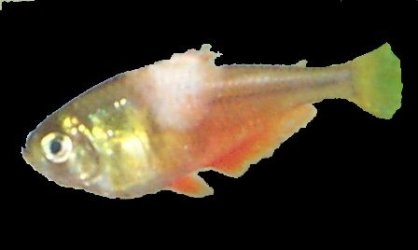MrsEspoNYC7
Fish Fanatic
Hi one of my female guppies has what I believe to be columnaris. She has a whitish puffy appearance starting from her dorsal fin. I believe this is referred to as "saddleback". I can't get a good picture of her but she looks like this picture I googled ... Only the dorsal area seems affected the rest of her looks fine

This is actually really extreme as compared to my guppy.
Do I need to treat the whole tank? Is this contagious? I did a 30% water change already.
Also I had another guppy with the same ailment and treated her with maracyn two and it seemed to just kill her fast. I thought it was fungal at the time but it seems it was bacterial.
Anyone with some advice would be awesome

This is actually really extreme as compared to my guppy.
Do I need to treat the whole tank? Is this contagious? I did a 30% water change already.
Also I had another guppy with the same ailment and treated her with maracyn two and it seemed to just kill her fast. I thought it was fungal at the time but it seems it was bacterial.
Anyone with some advice would be awesome


 /www.sciencedirect.com/science/article/pii/S0044848604002984
/www.sciencedirect.com/science/article/pii/S0044848604002984